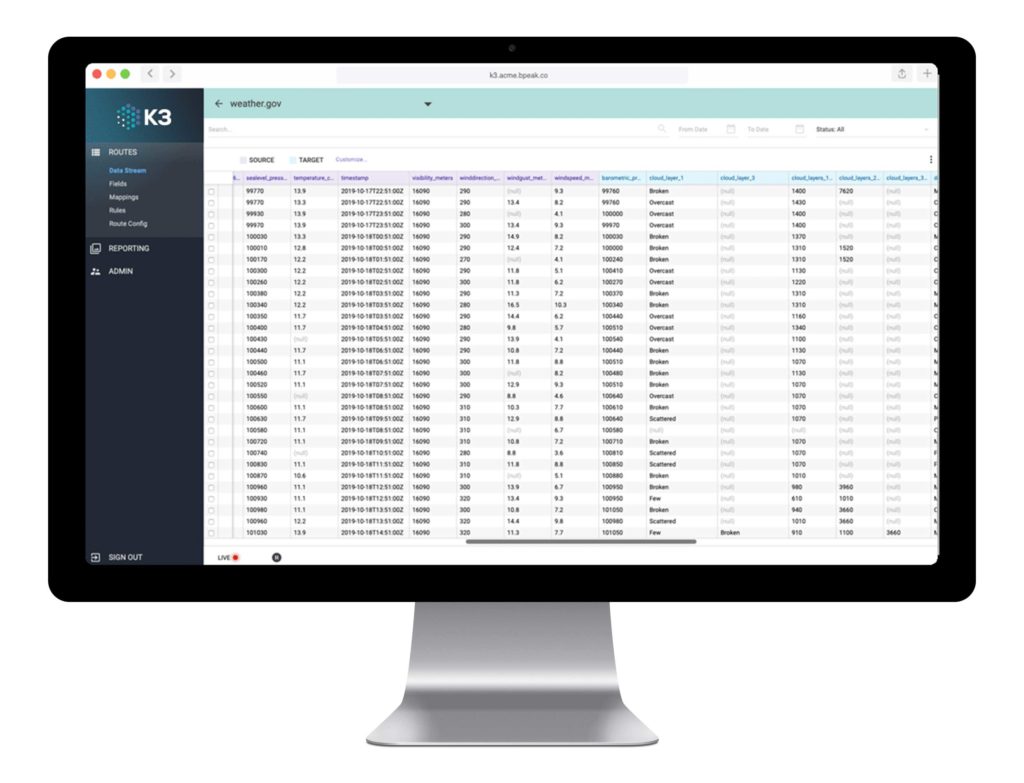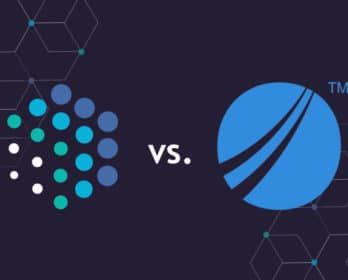First off, let’s ask: “What’s so great about Snowflake?”
Lots and lots of discussion about Snowflake. It’s new and novel. As with any technology, there are pros and cons. Let’s talk about that!
While Snowflake data warehouses offer nice “pros” to businesses when compared to traditional data warehouse offerings, it’s important to understand the contrasting “cons” before making an investment.
What is the big pro of using Snowflake?
An architectural breakthrough
In chemistry, you can tweak one molecule and come up with a breakthrough. Snowflake did something similar with their architecture.
The big thing Snowflake did is separate processing power from storage power and then made the storage really cheap. What this means is that if you have a lot of data that rarely gets called, you can park it on Snowflake and save plenty of money. On the processing side, it’s all cloud-based, so it can scale rapidly. It’s very easy to scale without upfront costs, hardware, upgrades, or maintenance.
“The big thing Snowflake did is separate processing power from storage power and then made the storage really cheap.” See more pros (and cons) of Snowflake for enterprise IT.
What’s the downside? If you want processing power, you’re going to have to pay for it. If you need it, there’s virtually unlimited processing power at your disposal. Just know that this is where Snowflake is making its money.
Come as you are dress code
Snowflake allows users to input dirty data. The traditional database model requires data to be formatted to the database schema in order to be loaded. Snowflake picked up a page from Google here. They enabled Snowflake to allow data to be loaded schemaless, but they didn’t stop there. Snowflake is also enabled to run in full schema mode like any other traditional SQL database.
The con here? Nothing really to do with Snowflake at all. Dirty data is dirty data, and data tends to be less useful in a non-structured state. If you’re looking for a nice cheap place to park your data, by all means, Snowflake is a great place to hold it.
“If you’re looking for a nice cheap place to park your data, by all means, Snowflake is a great place to hold it.”
Snowflake uses cloud computing to the max
With plenty of scalability, and separation of the compute and storage layers, Snowflake includes various configurable security options, including:
- IP whitelisting
- Two-factor authentication
- Federated authentication with SSO
- AES 256 encryption
- Encryption of data-in-transit and at rest
Moreover, Snowflake uses some absolutely neato collaboration features. Automatic replication of data across zones, domains, and regions means that Snowflake is prepared for disaster recovery.
With unique sharing and collaboration features through multi-cloud deployment, Snowflake reduces the need to move data from one location to another (currently available on Amazon Web Services, Google Cloud Platform, and Microsoft Azure).
“With unique sharing and collaboration features through multi-cloud deployment, Snowflake reduces the need to move data from one location to another.”
What’s the con? If your company is an “on-premise” company or one where only non-essential applications are on the cloud, getting Snowflake up and running might be a bit of a hurdle. This requires a very significant commitment from your IT team.
It should be noted that Snowflake is not open source, but like just about every other modern application, uses some open source technology in its core. In Snowflake’s case, they’re using Foundation DB.
Snowflake is the latest and greatest
As an integration and ETL company, we’ve connected to just about everything. Snowflake is definitely in its honeymoon period.
"As an integration and ETL company, we’ve connected to just about everything. Snowflake is definitely in its honeymoon period.” See more pros and cons of Snowflake for enterprise IT.
This isn’t a knock on Snowflake, but we’ve seen this before. Hadoop/HDFS, Mongo, Cassandra, etc. have all had their time in the sun. We think that Snowflake has some real staying power, but nothing is certain.
What Are The Cons of Using Snowflake?
Snowflake isn’t the only data warehouse on the market, and some of its key advantages also influence its drawbacks. When working with Snowflake, some of the most commonly noted downsides include:
- Lack of desktop tools. Snowflake’s web-based architecture is a major draw, but that means no desktop application support. Users accustomed to desktop tools may find the web-based IDE less than ideal.
- Relatively weak SQL editor. The SQL editor in Snowflake gives you everything you need, but not quite everything you may want. For example, the developers haven’t (yet) implemented the autocomplete and debug highlighter features users may find in competing editors.
- Potential learning curve. Users shifting to Snowflake from a previous relational database management system may find Snowflake a challenge, at first. Many of the pros we discussed above come as a result of Snowflake doing things differently from its peers—a benefit and a drawback, depending on how you adapt.
- Some Non-Snowflake. Just about every app has open source technology. Snowflake uses some Foundation DB by Apple. It’s not a huge thing but there is a sad trend of open source technology migrating back to paid open source. Keep an eye on this.
Snowflake is only part of the picture
While Snowflake has similarities to other enterprise data warehouses, it also offers unique functionality and capabilities. If you move forward with Snowflake, K3 provides an off-the-shelf adaptor for Snowflake to intuitively transform data from anywhere in your organization, streaming in real-time.
With K3 ETL, connectors, data prep, and load, your enterprise business has better control over data storage and hygiene. No matter what, K3 is designed to feed Snowflake, Databases, and APIs all from the same instance.
We’d love to show you how you can get the most out of Snowflake.








